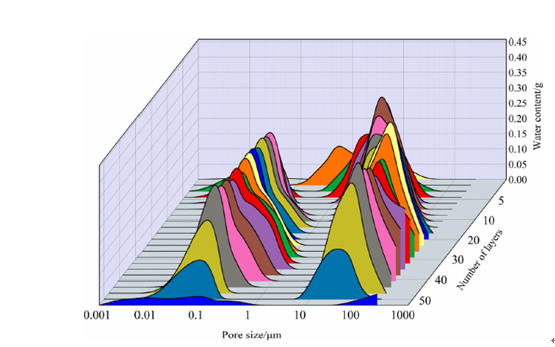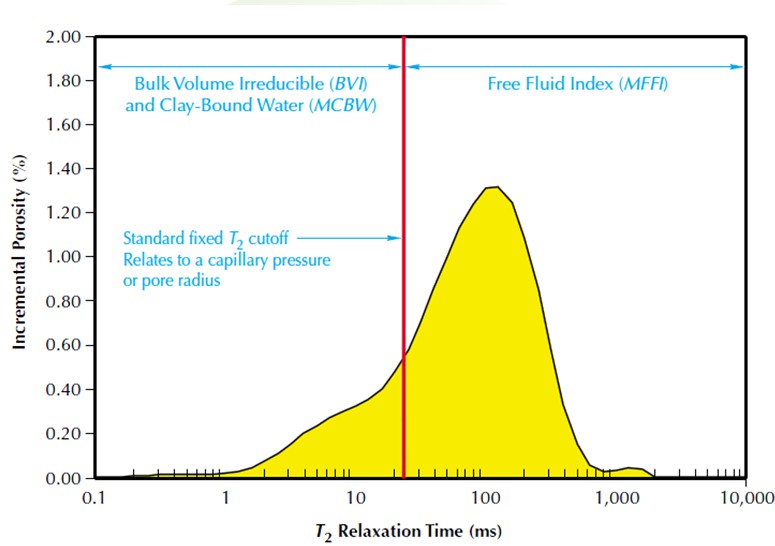NMR (Nuclear Magnetic Resonance) is a non-destructive physical measurement technique that is widely used in various fields, including petroleum and geological exploration, biomedical imaging, etc. The basic principle of NMR for measuring pore size distribution in rock cores is based on the behavior of hydrogen nuclei (protons) in a magnetic field. Hydrogen nuclei have magnetic properties and can sense and respond to an applied magnetic field.
-
Theoretical Background:
When hydrogen nuclei are placed in an external magnetic field, they undergo precession around the direction of the magnetic field. The frequency of precession is directly proportional to the strength of the applied magnetic field. By applying a radiofrequency pulse, the hydrogen nuclei can be excited to a higher energy state, whereupon they absorb energy. The frequency of the radiofrequency pulse determines the energy of the excited state. In rocks, hydrogen is mainly present in pores as water or organic matter. Therefore, parameters such as porosity and oil saturation can be calculated by measuring the relaxation time and magnetic susceptibility of hydrogen nuclei.
-
Pore Size Distribution Measurement:
The pore size distribution is measured based on the relaxation time (T2) of hydrogen nuclei. When water molecules in pores , they interact with the surrounding hydrogen nuclei, resulting in a change in their magnetic susceptibility. The apparent T2 is inversely proportional to pore size, so by measuring the T2, one can indirectly measure the pore size distribution. Generally, small pores correspond to shorter T2 values, while larger pores have longer T2 values. By utilizing this relationship, the pore size distribution can be determined.
-
Applications:
NMR techniques have significant applications in oil exploration. By measuring the porosity and pore size distribution of rocks, the permeability of reservoirs and the exploitation potential of oil fields can be assessed. Furthermore, NMR can be used to monitor processes such as waterflooding and gas injection to improve oil recovery. It can also be used to understand fluid distribution and dynamic behavior in reservoirs..
In summary, NMR is a non-destructive, non-invasive measurement technique that can be used to measure pore size distribution in rock cores. By understanding the pore structure and fluid distribution in reservoirs, it is possible to assess the exploitation potential of hydrocarbon reservoirs and formulate effective extraction strategies. NMR techniques have important applications in the field of petroleum and geological exploration, as well as resource development and environmental protection.
 NIUMAG
NIUMAG
